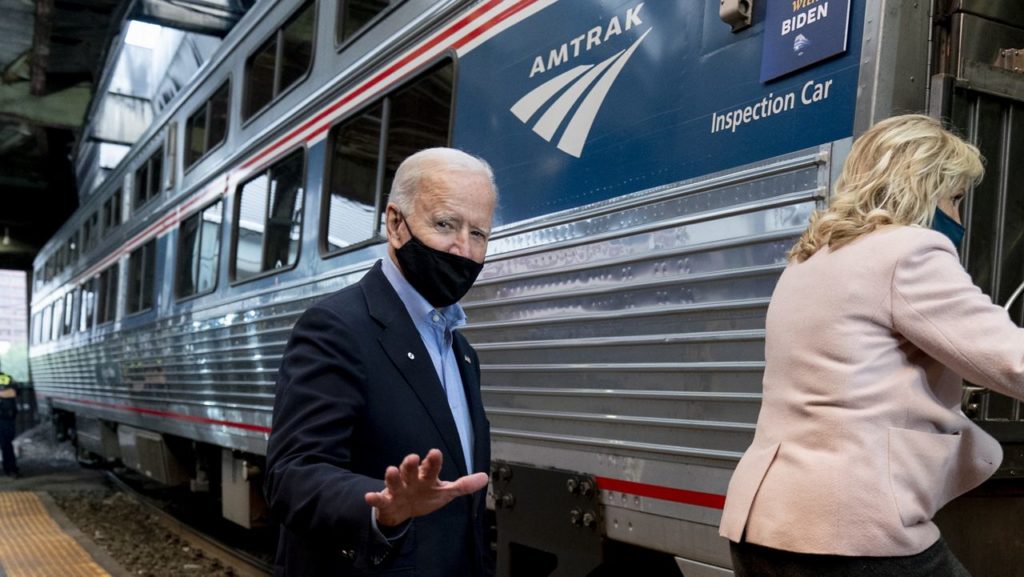Amtrak Costs

American rail investment costs an absurd amount of money. It’s a real problem. This piece doesn’t really explore the reasons for that, but it does mention it and it’s a subject we need to discuss:
We can presume the $24 billion for the Northeast Corridor contains money for the decrepit Baltimore & Potomac Tunnel in Maryland, which has been labeled the route’s greatest bottleneck. And it probably gives a final green light to build a second tunnel under the Hudson River to Manhattan, which has been a top regional priority for two decades—but gained new urgency when Superstorm Sandy flooded the existing tunnel with corrosive saltwater. That tunnel is part of the Gateway Project, which also includes a series of bridges in New Jersey. “If you put all of that together this bill funds Gateway. Full stop,” New Jersey Democrat Tom Malinowski, who serves on the House Transportation Committee, told NJ.com.
That’s great. But for north of $24 billion, the Northeast Corridor should be getting real high-speed rail service—not a series of piecemeal upgrades that shave minutes off of trip times. An investment of this size ought to put a dent in the Boston-to-Washington air travel market.
Instead, $24 billion barely covers the expected cost of the Gateway program ($22 billion), and that’s before you even count the $11 billion Amtrak wants to expand Penn Station in New York.
Does that seem like funny money to you? You’re not alone. Many people have noticed that American transit projects are out-of-this-world expensive, from California high-speed rail to the Second Avenue Subway. Few people have dedicated more time and study to this subject than Alon Levy, who along with Eric Goldwyn is leading the Transit Costs Project at New York University to figure out what has gone wrong. Nearly a decade ago, Levy outlined some ways that Amtrak could achieve Japan-grade high-speed rail for one-tenth the $150 billion price tag that Amtrak has outlined.
But Amtrak does not care about how much this stuff costs. How do I know this with such certainty? Because I asked Amtrak CEO William Flynn about it in March. In particular, I wanted to know how he justified the $11.6 billion price tag on the new Hudson River tunnel project—which comes out, according to the Transit Costs Project, at almost $3 billion per mile of tunnel. Flynn said he just didn’t think it was that expensive.
In reality, it will be the most expensive train tunnel ever built aside from two other New York City projects, each of which at least includes some stations. It will cost twice as much per mile as London’s Crossrail, five times as much as the Paris extension of Line 1, and so on. And those projects have stations!
The cynical counterargument is that advocates should stop worrying about this stuff, since scrutiny of transit capital projects is not matched by any scruples from highway builders. Taking Amtrak to task amounts to unilateral disarmament, in this view, and will only perpetuate the status quo in which highways are funded and transit gets pegged as wasteful.
So that’s why I’m proposing an ingenious compromise: Amtrak should stay the course until Congress writes the check. But then it should bring in some experts from Japan, France, Spain, or China. If Amtrak could spend that $66 billion like literally any other country in the world, we could end up with train service that looks a lot more like the Shinkansen or the TGV.* And that, in turn, would mean a real passenger-rail legacy for Joe Biden.
I’m not super sure that just consulting with the Japanese solves these problems. I mean, I think there are experts out there who know why Japan and France build real high-speed rail at lower costs than the U.S. Given that workers there make good money too, it’s not the unions. I wish the author here had done the work to figure this out a bit more. But it does lead to good questions–why is it so prohibitively expensive to build any rail at all in the United States?


